In is known that the ability of connective and muscular tissues to change their architecture in response to stretching is important for their proper function, repair, and performance. Regardless of the relevance of the topic in sports performance and in general population, it has not yet been studied widely.
It has been shown largely by the anecdotal experience rather than actual scientific data that loaded, intensive stretching has a much better effect on mobility of the joints and better performance overall, but this approach is also the most dangerous for tissue health if applied incorrectly. To better understand this topic it is important to differentiate between flexibility and mobility. Flexibility is defined as “the ability of a muscle or muscle groups to lengthen passively through a range of motion” while mobility is specified as “the ability of the joint to move actively through the ranges of motion”. There is a lot of research that backs up actual significant decrease in performance in the athletes who have been using passive stretching in their training programs and high risk of injury for those especially who have been using it as a warm up. (American college of sports medicine, 2018; Garber et al, 2011) There have not been so many comparative studies on this subject conducted in order to make a clear conclusion. The only relevant study I found was done in 2017 by A. Notarnicola, F.Perroni, A Campese et al and showed an overall negative effect of passive stretching on force production, speed and plyometric activity, while the active methods of stretching like proprioceptive neuromuscular facilitation have shown greater improvements in overall performance across the joints involved in actions like jumps and sprints. They also found that dynamic stretching methods showed a minor effect in overall flexibility, but increased muscular strength across ranges of motion and improved overall performance, though insignificantly. And that global postural stretching exercises have demonstrated a positive effect on overall movement fluidity of the subjects.
This last finding has been backed up by the research in the field of pain management and injury recovery. It is now widely known in the scientific community that the main role in the development of proper joint function is carried by the central nervous system, thus improving performance or correcting the damage of musculoskeletal apparatus should be approached through it. While a structural dysfunction approach might be effective in some populations, especially with acute types of injuries, its effectiveness remains limited in people who suffer from chronic pain conditions. (JS. Roy, LJ Boyler et al, 2017) The latter shows us that in order to successfully treat a musculoskeletal dysfunction and to significantly improve physical performance in individuals, the effective approach to development of joint function should incorporate both central (nervous system) and peripheral (joint-level) changes.
The nervous system is also in charge of preventing the damage in the musculoskeletal apparatus. This is important to understand in the physical preparation of individuals, especially those who are putting high demand on their musculoskeletal system. Neuromuscular system controls the amount of movement that can occur in the joint and it is ultimately responsible for the joint tissue not to be damaged during development. A proper development of ranges of motion in joints can also prevent age related diseases and offset mobility impairment related with aging. Some studies have also shown a link between physical activity that improves overall musculoskeletal function as a preventive mechanisms for a series of autoimmune diseases. (J. Gerontol, A. Biol, 2015)
In the literature 4 main parameters have been identified which influence the decrease or increase of range of motion in the joint: intensity, duration, frequency and position. (Wyon et al, 2009) Too little force applied can lead to no results whatsoever, while excessive force can produce damage in the tissue and cause inflammatory response. The position assumed during stretching influences the magnitude of the force applied, so should be chosen carefully and according to the current limitations of the tissue. The same amount of force applied to a healthy joint can induce further damage in a dysfunctional one, so it is important to understand the condition of the joint in question before choosing the methods for stretching.
The adaptation of muscle to force refers to muscle plasticity: an ability to change their structure and function. The forces that are applied to the musculoskeletal system change the cellular composition of the connective tissue that results in adaptation to the mechanical load and consequent change of the shape of the body. (Salameh and Dhein, 2013) The adaptive capacity of our tissues is what allows us to have an active impact on our performance, correct imbalances in the structure of the body and affect naturally occurring changes related with aging. There hasn’t been a significant amount of research done on the approach to stretching that can comparatively show exactly which approach leads to the most desired outcome in all specific cases in both therapeutic and athletic environments, but hopefully more people asking this question will create a new paradigm that will open a path to better and more conclusive research in this area.

